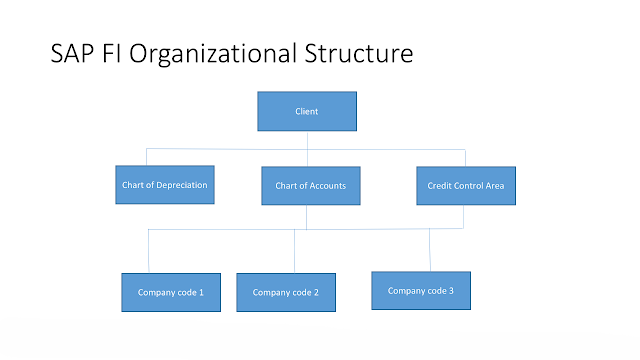Introduction
Systems
Application and Products in Data Processing, in short, SAP, is one of the most
popular Enterprise Resource Planning (ERP) frameworks used across different
industries to increase the productivity and profitability of businesses. SAP
offers various modules like SAP Human Resource Management (SAP HRM), SAP
Financial Supply Chain Management (SAP FSCM), SAP Production Planning (SAP PP),
SAP Financial Accounting (SAP FI), etc., to streamline business operations.
Among them, SAP FI is one of the most essential SAP modules that implement
various financial reporting and accounting tasks within an organization and
suggests upgraded finance management for enterprises. Financial management is
important for any organization. Therefore, many companies use the SAP FI module
mane their finance better. Various training institutes offer SAP FI Online Certification Training to
help aspiring professionals become industry experts, and build secure careers
as certified SAP FI professionals.
This blog
provides insight into the different Organizational Elements in the SAP FI
module. Read on to learn more.
Organizational Elements In
SAP FI
SAP Financial Accounting (SAP FI) is a
comprehensive SAP module that includes several sub-modules like General Ledger,
Accounts Receivable, Accounts Payable, Asset Accounting, Bank Ledger,
Consolidation, Funds Management, Travel Management, etc.
In
addition, SAP FI comprises various organizational elements. Let us look at
these elements in detail.
1.
Company Code
The Company
Code is the smallest organization unit. Various independent financial
statements can be carried out for the Company Code. The Balance Sheets and
Profit and Loss statements are created at the Company Code level as required by
law. Furthermore, various business transactions are processed at the Company
Code level.
2.
Business Area
Business
Areas are separate areas for the operations of various organizational units
within a Company Code. These are used for internal and external reporting.
Various divisions of each business within the legal entities are created as
Business Areas to report the operational areas.
3.
Chart Of Account (COA)
Chart Of
Account (COA) refers to the list of GL Accounts Master Records used by an
organization. A Chart Of Accounts must be assigned to every Company Code for
efficient functioning.
4.
Functional Area
Functional
Area is the Organizational Unit in Accounting that classifies the expenses incurred
by any business by functions. The Functional Areas include Sales and
Distribution, Administration, Manufacturing, Production, Research and
Development, etc.
Conclusion
To sum up,
SAP FI (Financial Accounting) is an important SAP modules that aims to implement
the financial reporting and accounting tasks in a company, and suggests
upgraded financial management for the enterprises. This SAP module includes
sub-modules like General Ledger, Accounts Receivable, Accounts Payable, Asset
Accounting, Bank Ledger, Consolidation, Funds Management, Travel Management,
etc. Many companies widely use SAP FI, leading to a huge demand for SAP FI
professionals. Therefore, one must consider joining the SAP FI Certification Training in Delhi to develop all the
industry-relevant skills and make significant career progress. The important
Organizational Elements of the SAP Financial Accounting (F) module include Chart
of Account (COA), Business Area, Company Code, and Functional Area.

